SATELLITE PRECIPITATION ESTIMATES OVER THE INDIAN REGION OPSINGH RKGIRI
5 SADISOPSG8IP5 SADISOPSG8IP5 SATELLITE DISTRIBUTION SYSTEM OPERATIONSA NAND NIKETAN SATELLITE CAMPUS AS PER THE CISCE
A SUMMARY OF GEODETIC SATELLITE MEASUREMENTS AT THE SOUTH
AEROSOL INVESTIGATION USING HYPERSPECTRAL MULTIANGLE CHRIS SATELLITE IMAGES MAN
AMC18 SATELLITE TO BE LAUNCHED BY ARIANESPACE WASHINGTON DC
AN ASSESSMENT OF THE DIFFERENCES BETWEEN THREE SATELLITE SNOW
Satellite Precipitation Estimates over the Indian region
Satellite Precipitation Estimates over the Indian region
O.P.Singh, R.K.Giri and Harvir Singh
National Satellite Meteorological Centre,
India Meteorological Department,New Delhi-110003,INDIA
Real-time three hourly Quantitative Precipitation Estimates (QPE) are derived from Kalpana-1 Satellite which are useful in determination of spatio-temporal variation of rainfall, particularly over the data sparse regions. Daily QPE values have been compared with Tropical Rainfall Measuring Mission (TRMM) rainfall as well as actual observed rainfall during southwest monsoon seasons of 2009 and 2010 over six regions of Indian subcontinent. Results have brought out some interesting aspects of satellite precipitation estimates over the Indian region.
Study Regions
Six representative regions have been selected over the Indian subcontinent which are depicted in Fig. 1.
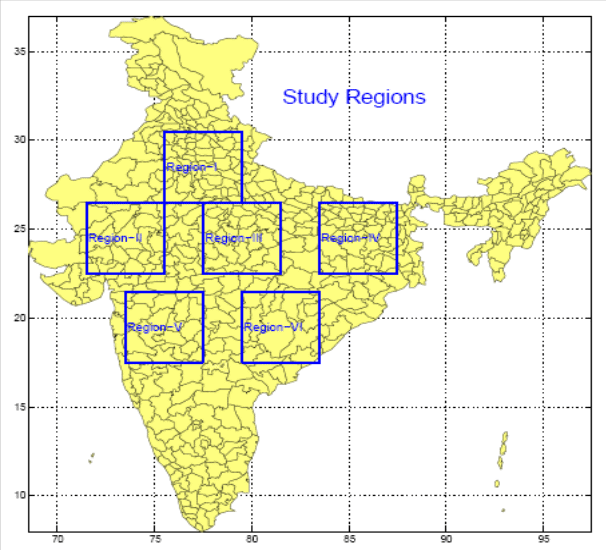
Fig. 1. Regions considered in the study.
Results
Kalpana-1 QPE vs. TRMM Rainfall
Correlations between Kalpana-1 Quantitative Precipitation Estimates (QPE) and Tropical Rainfall Measuring Mission (TRMM) Rainfall over different regions during the southwest monsoon seasons (June to September) of 2009 &2010 have been presented in Fig. 2.
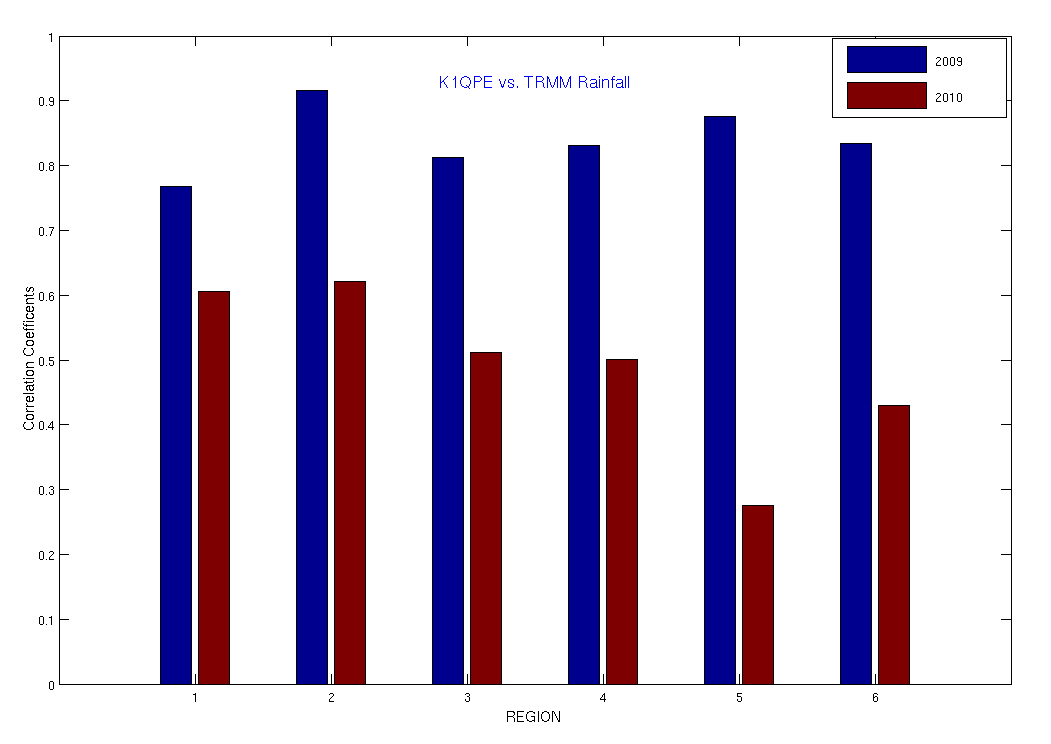
Fig. 2. Correlation Coefficients between Kalpana-1 QPE and TRMM Rainfall.
Good correlations have been found between QPE and TRMM rainfall during 2009 which was a deficient monsoon year. The highest correlation coefficient (CC) has been found over Region 2, which is 0.92. The lowest CC has been found over Region 1 which is 0.77. The CCs are lower over all the regions during normal monsoon year 2010 as compared to corresponding CCs during deficient monsoon year 2009. The correlation coefficients over all the regions during 2009 & 2010 range from 0.43 to 0.92.
Kalpana-1 QPE vs. Actual Rainfall
The correlation coefficient between Kalpana-1QPE and Actual Rainfall (ARF) has been presented in Fig. 3. It is interesting to see that good correlations have been observed between Kalpana-1QPE and ARF during normal monsoon year 2010. The correlations during 2009 are lower over all the six regions. The lowest correlation between Kalpana-1QPE and ARF was found over Region 1.
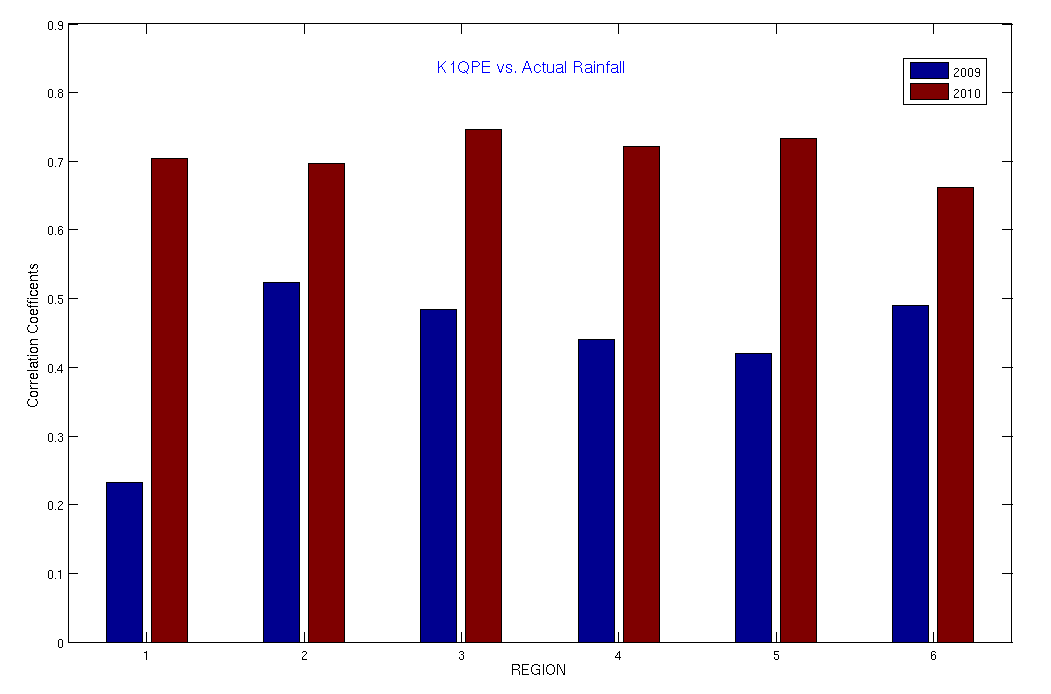
Fig. 3. Correlation Coefficients between Kalpana-1QPE and Actual Rainfall
TRMM Rainfall vs. Actual Rainfall
The CCs between TRMM rainfall and ARF have been depicted in Fig. 4.

Fig. 4.Correlation Coefficients between TRMM Rainfall and Actual Rainfall
The correlations are generally higher (except Region 1) during the deficient monsoon year 2009. It is interesting to note that the CCs between TRMM rainfall and actual rainfall are generally lower during normal monsoon year 2010 as compared to the corresponding CCs between Kalpana-1QPE and actual rainfall. However, the correlations between TRMM rainfall and actual rainfall are good during deficient monsoon year 2009 as compared to the corresponding CCs between Kalpana-1QPE and actual rainfall. Therefore, usefulness of a particular satellite precipitation estimate over the Indian subcontinent seems to depend upon the type of monsoon. Some estimates may be better during deficient monsoons whereas some may be better during normal or excess monsoons.However, more cases of monsoons need to be considered for definite conclusions for which work is under progress.
References
Arkin, P.A., Rao, A.V.R.K. and Kelkar, R. R., 1989, “Large scale precipitation and outgoing long wave radiation from INSAT-1B during southwest monsoon season”, J. Cli. 2, pp 619-628.
Nykanen, D.K. and Harris, D., 2003, “Orographic influences of the multi-scale statistical properties of precipitation”, J. Geophys. Res. 108,881, doi: 10.1029/2001JD001518.
Richard, F. and Arkin, P.A., 1981, “On relationship between satellite observed cloud cover and precipitation”, Mon. Wea. Rev. 109, pp 1081-1093.
Sharma A.K., Mitra, A.K., and Singh, O.P., 2009, “Estimation of rainfall using INSAT data (QPE)”, Hydrology Manual, Part-I, IMD.
APPLICATIONS OF SATELLITE OCEANCOLOR IINTRODUCTION AOPERATIONAL OCEANOGRAPHY
ARTIFICIAL SATELLITES JOURNAL OF PLANETARY GEODESY THE CHECKLIST
BRITISH ASSOCIATION OF DERMATOLOGISTS GUIDELINES ORGANISATION OF SATELLITE
Tags: estimates over, some estimates, region, precipitation, opsingh, satellite, estimates, rkgiri, indian
- Konspekt Zajęć Wychowania Fizycznego Klas i – iii 1
- RESOLUCIÓN 142019 DE 27 DE SEPTIEMBRE DEL DIRECTOR GENERAL
- LAS LISTAS DE INTERCAMBIO O TAMAÑOS DE PORCIÓN
- BALANCE SOBRE LOS OBJETIVOS DE DESARROLLO DEL MILENIO REUNIÓN
- NAPIER UNIVERSITY FACULTY OF HEALTH LIFE & SOCIAL
- ROWSET SPECIFICATION PAGE 3 TRIAL REMINDER SPECIFICATION 1DESIGN
- LIEUTENANT EDWIN MARSDEN TOOTH 2ND TUNNELLING COMPANY BORN AT
- MY SUBMISSIONS INTO THE PRODUCTIVITY COMMISSION INQUIRY INTO THE
- PRODUCTIVIDAD EN LA GENERACIÓN DE PATENTES Y POLÍTICAS DE
- PROGRAMA DOCENTE DE LA ASIGNATURA DE LIBRE CONFIGURACIÓN “CANARIAS
- REPÚBLICA DE VENEZUELA CONTRALORÍA GENERAL DE LA REPÚBLICA
- NOTA DE PRENSA 2 DE JUNIO DE 2015 ¡DESCUBRE
- GIPUZKOAKO FORU ALDUNDIARENTZAKO TIRADA TXIKI ETA ERTAINEKO LANAK INPRIMATZEKO
- 10 REPORT OF THE TRUSTEES FOR THE BAILIWICK OF
- ANTRAG AUF GENEHMIGUNG EINER NICHT GERINGFÜGIGEN ÄNDERUNG DER PRODUKTSPEZIFIKATION
- G RUP MUNICIPAL D’ERC A L’AJUNTAMENT DE MALGRAT DE
- CIRCULAR PJ00806 ASUNTO INSCRIPCIÓN DE SOCIEDADES CUYA DENOMINACIÓN SEA
- BENSON AND RIEHL OFFICE RECORDS SOUTHEASTERN ARCHITECTURAL ARCHIVE COLLECTION
- PÚBLICO FTAAECOMINF25REV2 16 DE JUNIO 1999 ORIGINAL INGLÉS COMITÉ
- 10 AUSTRALIAN LAW JOURNAL NEW BOOKS THE OXFORD GUIDE
- ORDINANCE NO9832 (NEW SERIES) AN ORDINANCE ADDING SECTION 89305
- THIS IS A PREPRINT OF AN ARTICLE PUBLISHED IN
- GEMINI MODEL FRAMEWORK WHILE THIS GUIDE IS BASED ON
- UNIVERSIDAD TECNOLOGICA NACIONAL FACULTAD REGIONAL CORDOBA DEPARTAMENTO ALUMNOS INGRESO
- ACTIVIDADES DE RECUPERACIÓN MATEMÁTICAS DE 1º ESO 1 ESCRIBE
- TEMELJEM ČLANKA 20 ZAKONA O PREDŠKOLSKOM ODGOJU I OBRAZOVANJU
- UPCM MOCIÓN DE UPCM CUANDO NOS ENTERAMOS DE QUE
- PASO A 1 ¿CÓMO SE LLAMA USTED? 2 ¿CÓMO
- APRUEBAN ÍNDICES DE DISTRIBUCIÓN DEL CANON PESQUERO CORRESPONDIENTE AL
- Uppdaterad 20200831 Svenska Riktlinjer Kring Tävlingsverksamhet med Anledning
 CROSSCUTTING TOOL 2 TB CASESUSPECT QA REVIEW FORM
CROSSCUTTING TOOL 2 TB CASESUSPECT QA REVIEW FORM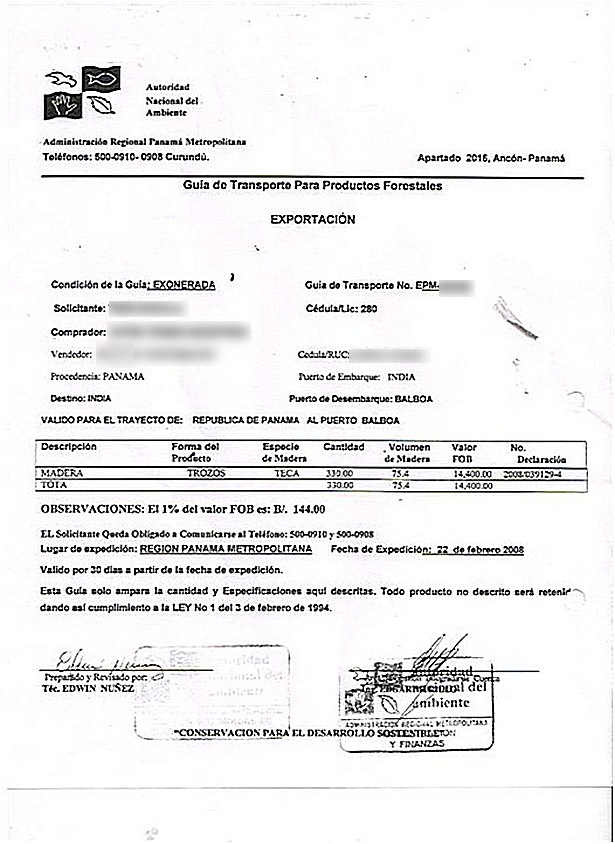 DOCUMENTOS NECESARIOS PARA EXPORTAR (DOCUMENTACIÓN “OFICIAL” EXIGIDA POR EL
DOCUMENTOS NECESARIOS PARA EXPORTAR (DOCUMENTACIÓN “OFICIAL” EXIGIDA POR ELWYKŁAD 1 WRODZONA (ROZWOJOWA) DYSPLAZJA STAWU BIODROWEGO (CDH CONGENITAL
 DESCRIPCIÓN DE FUNCIONES Y ACTIVIDADES A JEFE DE ENFERMERAS
DESCRIPCIÓN DE FUNCIONES Y ACTIVIDADES A JEFE DE ENFERMERASUNISINOS ESTUDOS DO DISCURSO I PROF MARCOS GOLDNADEL AS
 ZABRZE DNIA 21012014R SZPITAL MIEJSKI W ZABRZU SP Z
ZABRZE DNIA 21012014R SZPITAL MIEJSKI W ZABRZU SP ZINDAGINE CONOSCITIVA DI GENOTIPIZZAZIONE DELLA PROTEINA PRIONICA (PRP) NELLA
 PROCURADURÍA GENERAL DE LA REPÚBLICA GUÍA DE REQUISITOS PARA
PROCURADURÍA GENERAL DE LA REPÚBLICA GUÍA DE REQUISITOS PARAEJERCICIOS DE COMPRAVENTA MERCADERIAS 1 CONTABILIZAR LAS SIGUIENTES OPERACIONES
BREAKING CHANGES SINCE BETA 2 THIS TOPIC DISCUSSES
 SUDDEN STOPS AND OUTPUT DROPS V V CHARI UNIVERSITY
SUDDEN STOPS AND OUTPUT DROPS V V CHARI UNIVERSITY KOPRIVNIČKO – KRIŽEVAČKA ŽUPANIJA UPRAVNI ODJEL ZA
KOPRIVNIČKO – KRIŽEVAČKA ŽUPANIJA UPRAVNI ODJEL ZAESCRITO DE SUBSANACION DE SOLICITUD [DEJAR AQUÍ ESPACIO EN
CATALUÑA EN LA UNIÓN EUROPEA LA ADHESIÓN ROBUSTA CASI
 SMETANA TRIO JITKA ČECHOVÁ ▪ KLAVIER JIŘÍ VODIČKA ▪
SMETANA TRIO JITKA ČECHOVÁ ▪ KLAVIER JIŘÍ VODIČKA ▪ ZAŁĄCZNIK NR 1 DO UCHWAŁY NR SR0006 …… 2012
ZAŁĄCZNIK NR 1 DO UCHWAŁY NR SR0006 …… 2012 COMITÊ DE PRONUNCIAMENTOS CONTÁBEIS PRONUNCIAMENTO TÉCNICO CPC 19 INVESTIMENTO
COMITÊ DE PRONUNCIAMENTOS CONTÁBEIS PRONUNCIAMENTO TÉCNICO CPC 19 INVESTIMENTO BEKENDTGØRELSE AF LOV OM LANDINSPEKTØRVIRKSOMHED LBK NR 84 AF
BEKENDTGØRELSE AF LOV OM LANDINSPEKTØRVIRKSOMHED LBK NR 84 AF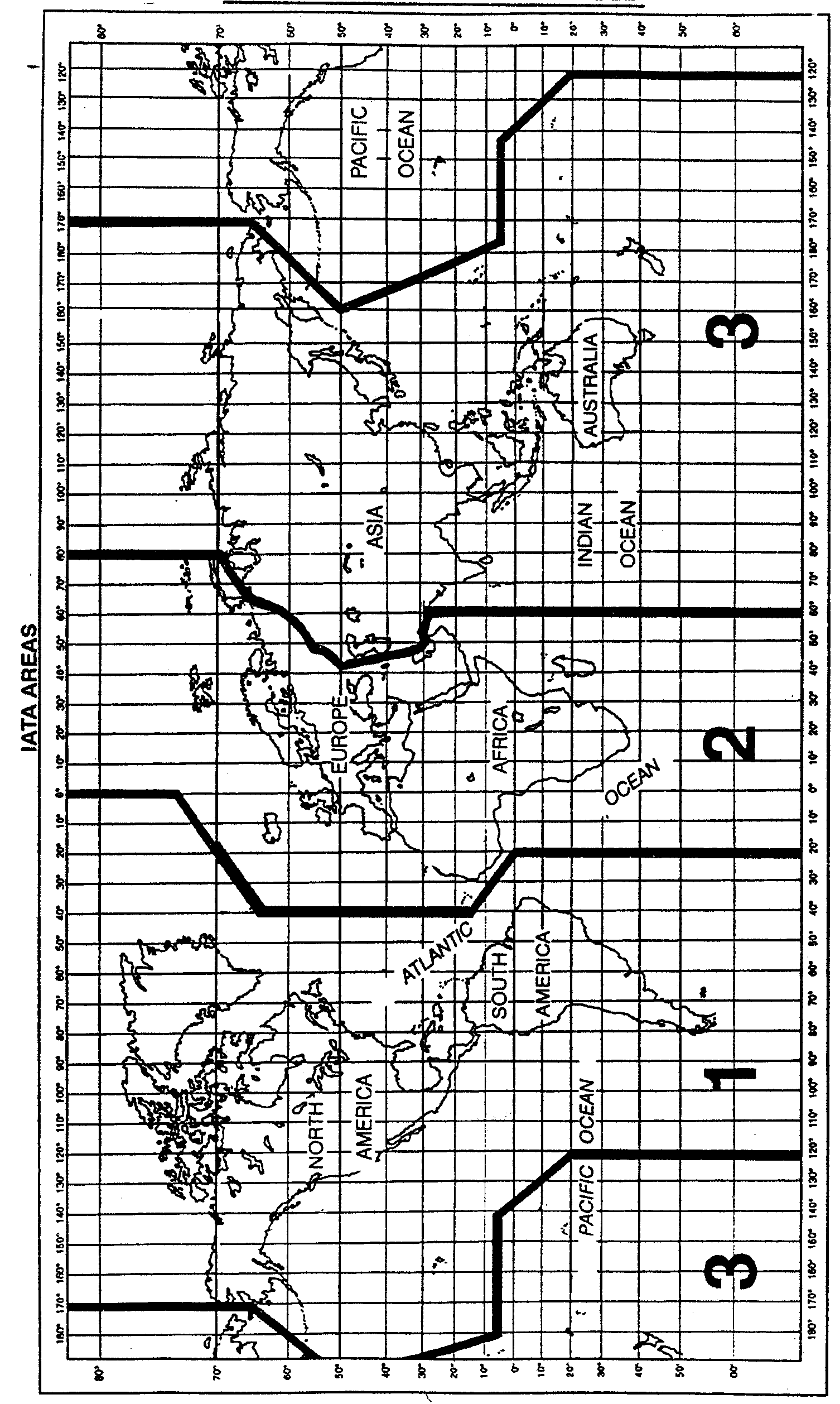 MENGHITUNG DAN MENYIAPKAN TIKET PERJALANAN UDARA INTERNASIONAL BIASA KODE
MENGHITUNG DAN MENYIAPKAN TIKET PERJALANAN UDARA INTERNASIONAL BIASA KODE SINDIKAT UMIROVLJENIKA HRVATSKE 10 000 ZAGREB TRG KRALJA PETRA
SINDIKAT UMIROVLJENIKA HRVATSKE 10 000 ZAGREB TRG KRALJA PETRA